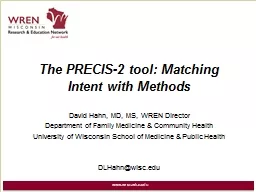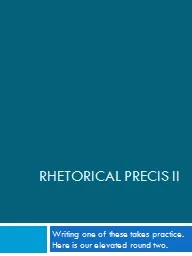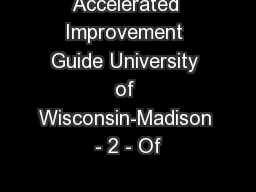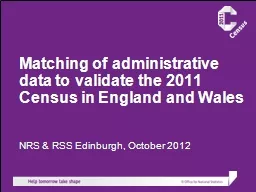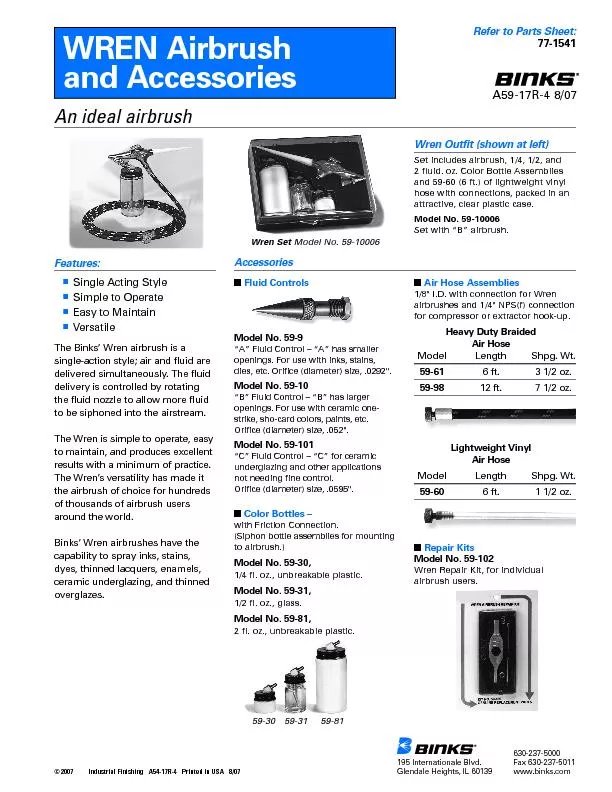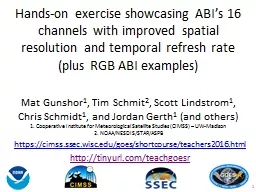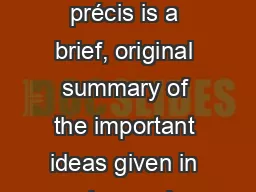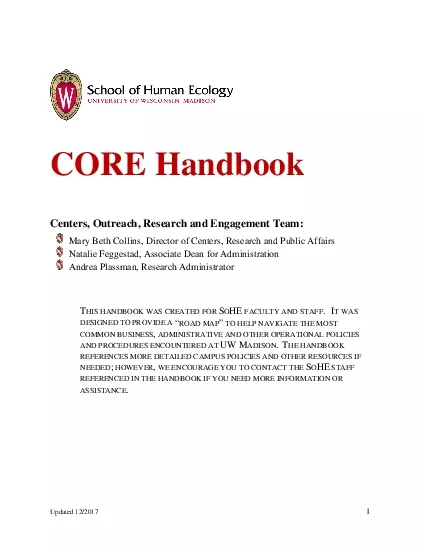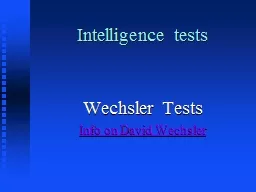PPT-www.wren.wisc.edu The PRECIS-2 tool: Matching Intent with Methods
Author : marina-yarberry | Published Date : 2018-02-20
David Hahn MD MS WREN Director Department of Family Medicine amp Community Health University of Wisconsin School of Medicine amp Public Health DLHahnwiscedu wwwwrenwiscedu
Presentation Embed Code
Download Presentation
Download Presentation The PPT/PDF document "www.wren.wisc.edu The PRECIS-2 tool: Mat..." is the property of its rightful owner. Permission is granted to download and print the materials on this website for personal, non-commercial use only, and to display it on your personal computer provided you do not modify the materials and that you retain all copyright notices contained in the materials. By downloading content from our website, you accept the terms of this agreement.
www.wren.wisc.edu The PRECIS-2 tool: Matching Intent with Methods: Transcript
Download Rules Of Document
"www.wren.wisc.edu The PRECIS-2 tool: Matching Intent with Methods"The content belongs to its owner. You may download and print it for personal use, without modification, and keep all copyright notices. By downloading, you agree to these terms.
Related Documents

